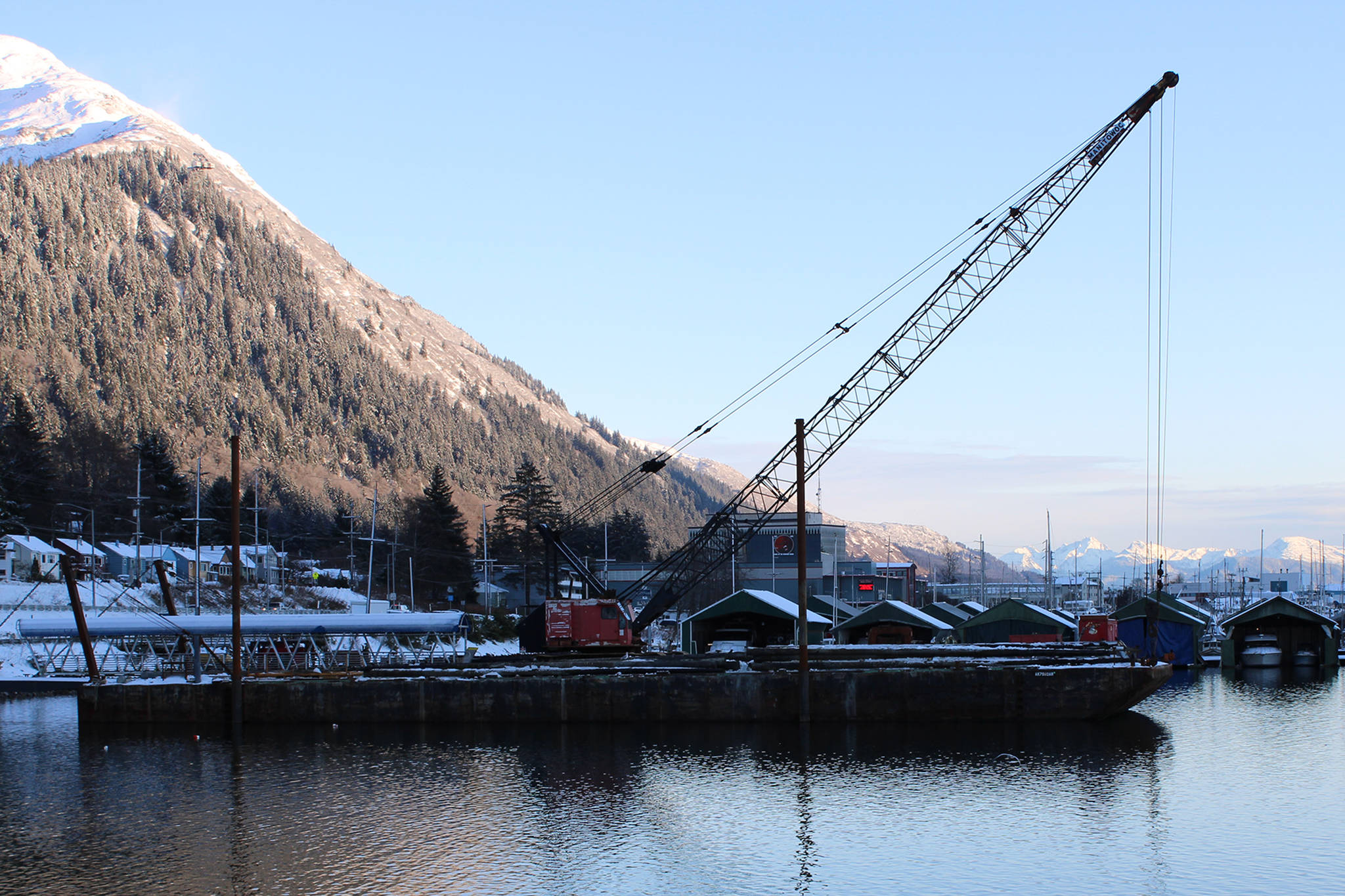This story has been updated to reflect the federal act that restricts the coastwise movement of people. The Passenger Vessel Services Act prohibits commercial vessels such as cruise ships from allowing passengers to board at one U.S. port and debark at another U.S. port.
Southeast Alaska’s recovery from economic turmoil caused by the pandemic is likely to take some time, according to state economists of the Department of Labor and Workforce Development.
Some of the region’s largest economic drivers, namely tourism and its auxiliary industries, will likely take several years to recover to their pre-2020 levels, according to the latest issue of Trends magazine from the department.
Southeast lost about 5,400 or 15.4% of its jobs in 2020, according to Trends, nearly two-thirds of which were in the tourism industry. Transportation and retail, which are closely tied to tourism in the region, also saw job losses of 30% and 21% respectively, according to state data.
Before the pandemic, Alaska anticipated record tourist numbers in 2020, mostly from cruise ships, but the pandemic quickly shut the industry down and while the Centers for Disease Control and Prevention lifted its no sail order Oct. 30, 2020, a conditional sailing order remains in effect until Nov. 1, 2021. That order requires cruise companies to maintain certain health standards after requires a phased return of passengers. The largest Alaska cruises are also affected by Canada’s regulations due to regulations that prohibit pasengers from boarding a foreign-flagged vesel at one U.S. port and disembarking at another U.S.. The act requires that foreign-flagged vessels stop at a non-U.S. port after leaving a U.S. port. In this instance, that means stopping in Canada after leaving Washington for Southeast Alaska.
The annual report, Southeast by the Numbers, released by Southeast Conference normally projects the number of tourists expected, last year projecting a record-setting 1.4 million for 2020. But with so much uncertainty surrounding the tourist industry moving forward, 2020’s annual report didn’t include a projection and said planning for the 2021 tourist season, “proceeds cautiously.”
There are many factors at work that will impact the tourist industry’s recovery, said Sara Teel, an economist with the state’s labor department, such as the vaccine roll-out and how that will change consumer’s spending patterns.
“I haven’t seen any forecast anywhere that expects a full recovery in 2021,” Teel said in a phone interview Tuesday.
Mining, construction and federal government jobs remained steady throughout the pandemic, Teel said, as did financial services jobs such as banking and mortgage companies. Mining in Southeast hadn’t much been impacted, Teel said, which was true of the industry throughout the state, she said. Many of the region’s construction projects are federally funded, according to Teel, and that funding remained even during the pandemic.
But while construction and financial services hadn’t been impacted as much as other industries, Teel said, they also hadn’t improved much over previous years. However, job recovery is expected in the construction industry and economists are projecting the health care industry to recover quickly as well, Teel said.
Efforts are being made at the local and state level to spur construction, as well. City and Borough of Juneau voters in October approved a $15 million bond package that was pitched in part as a way to put people to work. Similarly, Gov. Mike Dunleavy has proposed putting over $300 million in bonds on ballots. The bonds would be used to fund construction projects throughout the state.
According to Trends, most of the job losses in health care came in doctors’ or dentists’ offices forced to close temporarily, some of which haven’t fully recovered. Teel said the state is projecting the health care industry to recover most of its lost jobs by 2022.
Seafood also had a trying year as difficulties caused by the pandemic were combined with meager salmon returns in the region, the worst in 40 years, according to Trends. Last year’s catch was about 14.3 million fish, down from 32.2 million the year before, the report said. The total value dropped from $101.8 million to just over $50 million.
Both the fishing and seafood processing industries were expected to regain about half the jobs lost in 2020 in the next year, Trends said.
But much of Southeast’s economy relies on tourism, and how well that industry does remains to be seen, Teel said.
“That,” she said of the tourism industry’s recovery, “unfortunately, is the million-dollar question.”
• Contact reporter Peter Segall at psegall@juneauempire.com. Follow him on Twitter at @SegallJnuEmpire.

